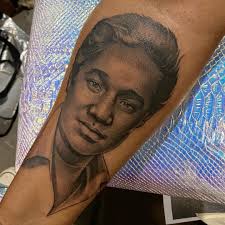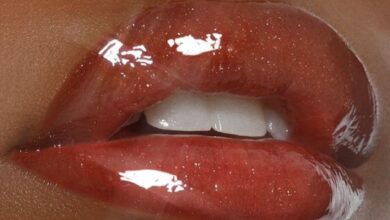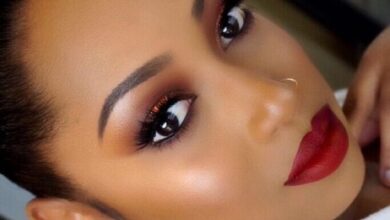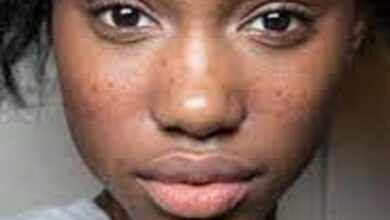The Tattoo Artist as a Make-up Artist
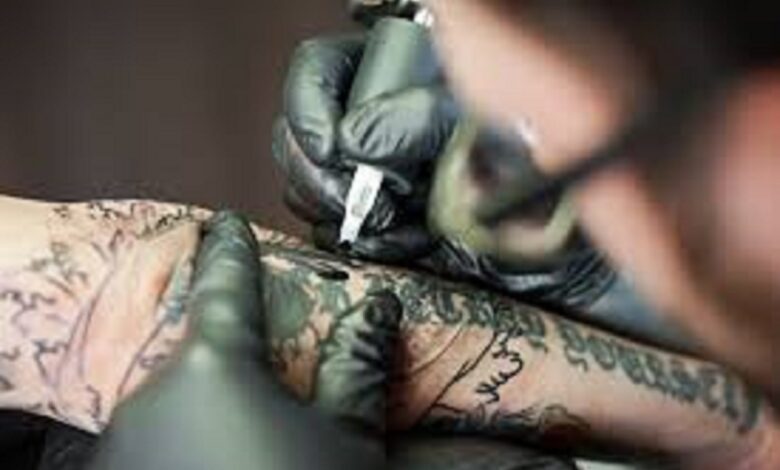
Mirror, mirror on the wall; ink, images, needles and beauty.
Chances are when a tattooist (as known as a tattoo artist) is mentioned, few people regard it as part of the make-up artistry industry. Could this be due to the fact that the tattoo artist deploys ink instead of cosmetic products? A tattoo machine in the place of brushes and pencils? Or the use of images where others contour and enhance clients’ features? These elements only highlight the unique process involved when creating tattoos. The tattoo artist is, by no means, less of a make-up artist.
Both crafts require artistic and creative skills.
Both are considered art forms.
And both beautify their clients.
Unlike the make-up artist though, the human face and entire body are the canvases upon which the tattoo artist leaves a mark. Save for a few hard-to-reach places and for health reasons, the tattoo artist can create images on just about any part of the human body. However, certain spots like the arms, wrists, shoulders and legs get premium attention.
Related post: Types of Make-up Artists
The equipment of the tattoo artist also differs. Where cosmetic items abound in a make-up artist’s toolkit, the tattooist works with tattoo machines, skin pens, needles, hygienic supplies, and ink set & tubes.
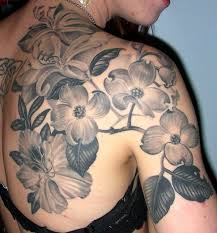
Tattooists are one of few make-up artists who exhibit their craft proudly on their skins. Like a five-star general. They practice what they ink.
What the tattoo artist does
Tattooing.
Tattooists design and apply tattoos using specific needles and ink. They leave a lasting stamp in form of an image on a client’s skin. And the tattoos could either be original designs developed by the artist or a part of a pre-designed set of templates which help clients find the perfect ink.
On occasions, the tattoo artist can render other body modification services. For instance, piercings. But their primary job is creating tattoos of all kinds, whether in black or colourful ink.
Becoming a Tattooist
Do not forget: Tattooing is a form of art. Not just in the name and/or the artist, but also in performing the work itself. So aspiring tattoo artists ought to have artistic qualities and creative flair. Or be willing and ready to acquire some.
Learn how to draw. Sketching potential images for clients to view is an essential part of the job description of the tattoo artist.
Attend art school. This will help hone existing drawing skills or teach beginners the rudiments of drawing.
Related post: How to Become a Make-up Artist
Secure an apprenticeship with a master tattooist, and learn as much as possible about the ins and outs of the craft.
Practice, practice, practice. The more practice devoted to designing and tattooing, the better aspiring tattooists become at it.
Build a portfolio and share work generously on social media.
Follow fellow tattoo artists on social media and build a community. For networking purposes. To keep abreast with trends in the industry. To improve skills on the job and approach to work.
